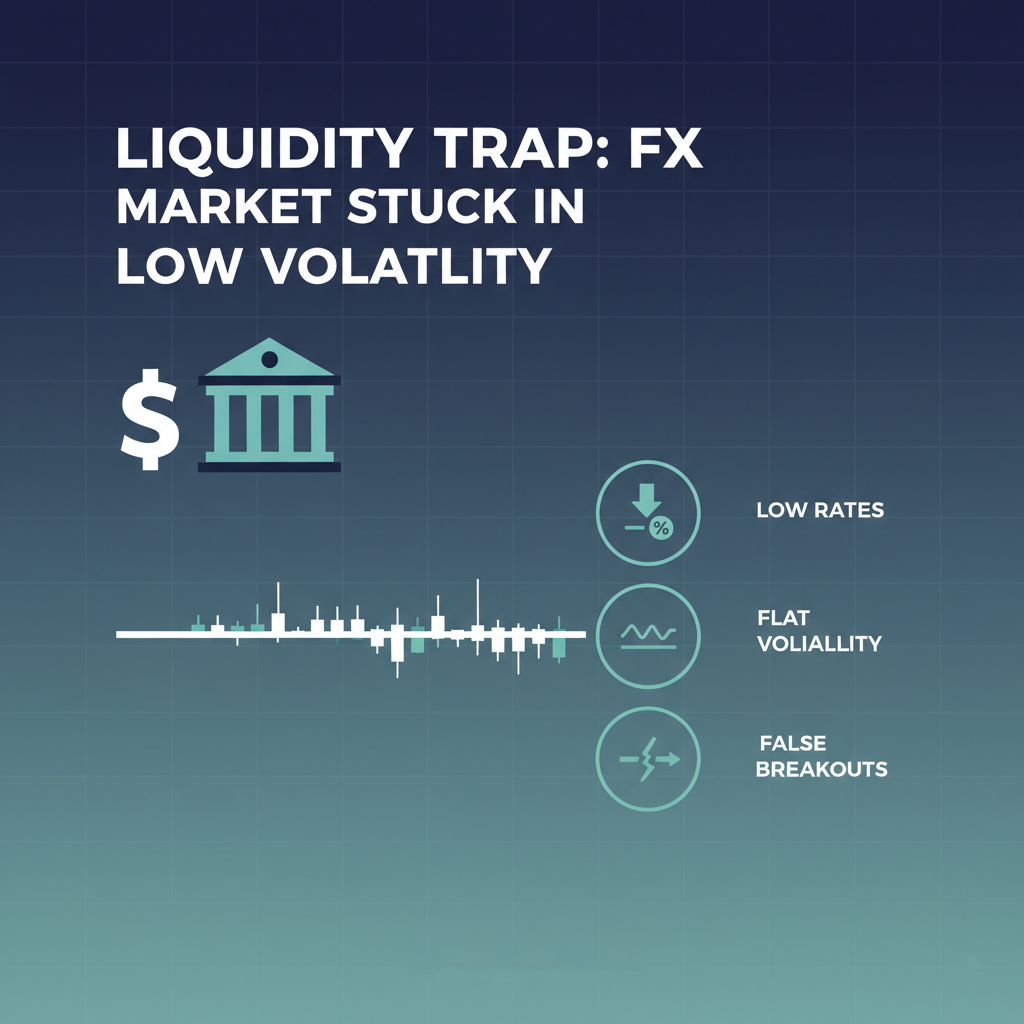
Liquidity Trap: What It Means for Forex Traders
Powered by GFX Securities
Introduction
In forex and macro markets, a liquidity trap is a rare but powerful phenomenon—one in which monetary policy loses its usual punch, and markets seem unable to break free from stagnation. For forex traders, a liquidity trap can freeze volatility, distort directional flows, and challenge traditional strategies. In this article, we’ll explore the mechanics of liquidity traps, how they manifest in FX markets, signs to watch for, and adaptive strategies that traders can use on the GFX Securities platform.
What Is a Liquidity Trap?
- A liquidity trap occurs when interest rates are very low (near zero or negative) and monetary stimulus fails to stimulate spending or investment—everyone hoards cash instead of deploying it.
- In this environment, central banks lose leverage: lowering rates further or increasing money supply has limited effect.
- In trading terms, a liquidity trap means price action becomes muted, breakouts stall, volatility compresses, and false signals become more common.
How Liquidity Traps Show Up in Forex Markets
- Low volatility & range-bound price action
Instead of trending, currency pairs may bounce between narrow bands for extended periods. - False breakouts & “liquidity sweeps”
Markets push past support/resistance, trigger stops, then reverse rapidly—a trap before genuine movement. - Weak response to monetary policy changes
Central banks may announce rate cuts, QE, or easing, but FX markets barely react—or show muted moves. Divergence between flows and sentiment
Sentiment may appear bullish, but real capital is trapped; institutional flows are hesitant to commit because of uncertainty.
Forex Strategies to Use During a Liquidity Trap
Strategy
When to Use
How to Adjust
Range / mean reversion trading
When pairs are stuck in a well-defined range
Buy at support, sell at resistance, use tight stops, avoid overextending
Liquidity sweep / trap detection
On false breakout setups
Wait for the wick and reversal candle after sweep; enter after confirmation
Contrast across pairs
When some currencies break out while others stall
Rotate into pairs showing directional strength; hedge with correlated pairs
Scalp / micro moves
In low-movement environments
Use high-frequency or short time-frame strategies to capture small swings
Sentiment / order-flow filters
To avoid noisy zones
Only trade when sentiment, volume, and price structure align
Risks to Be Aware Of
- Whipsawing / fake signals become more frequent
-
Liquidity dries further during macro events or off-hours
-
Widening spreads / slippage can erode gains
- Latency & trade execution matters—slow reactions may cause you to enter during reversals
How GFX Securities Helps You Navigate a Liquidity Trap
-
Low spreads & deep order books help you enter/exit even in tight markets.
-
Real-time data & news feeds let you spot sweeps or hidden moves early.
-
Order types & risk filters assist in avoiding fake breakouts.
-
Backtesting tools help you test strategies under low-volatility conditions.
Conclusion
Liquidity traps may be rare, but when they occur, they redefine how forex markets behave. Instead of relying on traditional breakout and trend-following approaches, traders must adapt—focusing on range trading, liquidity sweeps, and sharper risk management. For forex participants, the challenge lies in spotting the signs early and pivoting toward strategies that thrive in low-volatility, stop-driven environments.
At GFX Securities, we believe adaptability is the trader’s greatest edge. With the right tools—tight spreads, advanced execution, and sentiment-driven analytics—you can navigate even the most stagnant markets with confidence. Liquidity traps don’t have to mean missed opportunities; they simply require smarter, more precise strategies.


